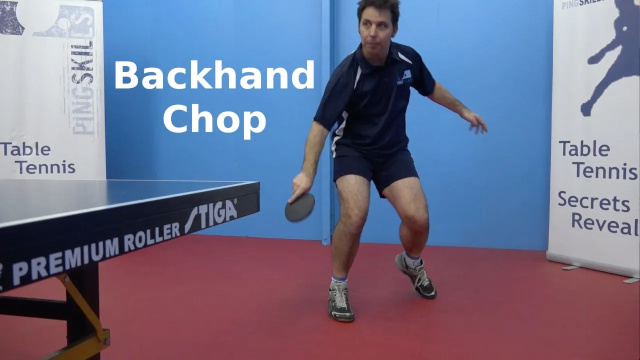Leg-Up Smash
Strokes
louie chen Asked 8 years ago
Hello coach!
I have been observing some professional ping pong players play in matches and occasionally, the ball would be lobbed very high and the opponent would perform a leg-up smash. The ball would then be extremely fast and bounce very far from the table. I have tried doing this action myself but it would usually go straight out. My smashes from standing in my normal position are generally steady. Would you show me the correct technique and tips I need to know?
Thanks
 Jeff Plumb Answered 8 years ago
Jeff Plumb Answered 8 years ago
Hi Louie,
We have a video on increasing the power of your smash for our premium members which discusses some options when the lob is very high and very deep. As you point out if you move back and wait for the ball to drop back down to shoulder height you are a long way back from the table and it's hard to hit a powerful smash. One option is to smash the ball off the half volley. This is risky because it's hard to do but it is very effective when it comes off because it limits the time the lobber has to react. The other option we discuss is the jump smash, or leg-up smash. The main key is to get the timing of your jump right.
We also have another video on the jump smash which might help. In it Alois basically says that it is a hard stroke and moving back is a good option because you don't have to hit a winner, you can place the ball well and wait for them to lob the ball a bit shorter so you can then make a powerful smash.
Let me know if these tips help you out.
Recommended Video
Backhand Chop
This video lesson teaches the backhand chop. It also discusses the advantages and disadvantages of using long pimples on your backhand.
Watch NowThoughts on this question
Become a free member to post a comment about this question.

louie chen Posted 8 years ago
Hi Jeff,
Thanks for the tip! The video also really helped, I think moving back and placing the ball carefully is a very useful technique.
Awesome, great to hear Louie.